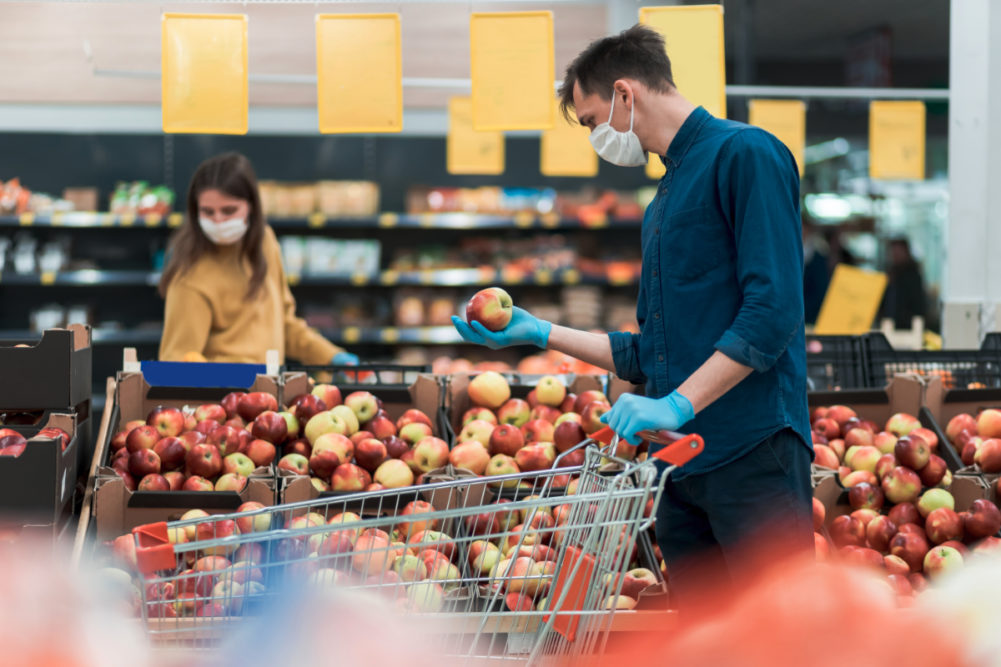JACKSONVILLE, FLA. — Slightly more than half of shoppers expect life to return to normal in less than six months, according to Acosta’s latest grocery shopper research report.
Roughly the same amount (49%) said a return to normal will take longer than six months, and 29% expect it will take more than a year. Optimism about a six-month timeframe was highest among millennials (65%) and Southerners (54%), while concerns about a protracted COVID-19 exit were highest among baby boomers (56%) and in the Midwest (52%).
Growing consumer optimism was evident in another report, released earlier this week by Deloitte, that found 42% of shoppers feel safe enough from a health perspective to return to physical stores, up from 34% in late April.
Acosta also found shoppers have differing opinions on state reopening plans, with 43% saying their state is reopening at a reasonable schedule, 39% saying their state is reopening too soon and 13% saying their state isn’t opening fast enough.
“Three months into the pandemic, consumers are not surprisingly seeking the light at the end of the tunnel, but not all are optimistic about, or supportive of, a quick return to normalcy,” said Darian Pickett, chief executive officer of Acosta.
The report, gathered via online surveys between May 3 and May 5, also provided insights into new in-store behaviors that are becoming routine. Approximately two-thirds of shoppers reported using hand sanitizer before and after shopping, and the same amount reported wearing a face mask while shopping. Mask usage has doubled since April and was most popular among shoppers in the Northeast. Nearly half of consumers said they shopped during off-peak hours to avoid crowds, and a third have started using self-checkout. Just 17% said they bring their bags into stores.
“With shoppers settling into their new routines, ‘normal’ life will not look like pre-COVID-19 life, at least not entirely,” Mr. Pickett said. “Our research shows that bringing reusable bags to stores may become a thing of the past and using hand sanitizer and masks while shopping is likely to remain common practice even after the pandemic subsides.”
Demand for meat remained high, with 34% of consumers stocking up on meat products because they are cooking more at home and 21% stocking up due to concerns about higher prices on future trips. Around a third of consumers said they purchased more meat to minimize their number of store trips or because they were concerned about potential shortages.
Chicken was the most popular choice, with 47% of consumers stocking up, followed by beef (45%), fish (39%), turkey (37%) and pork (32%). More than half (51%) of shoppers said they noticed purchase limits when buying meat, 46% noticed out-stocks and 35% reported higher prices.

